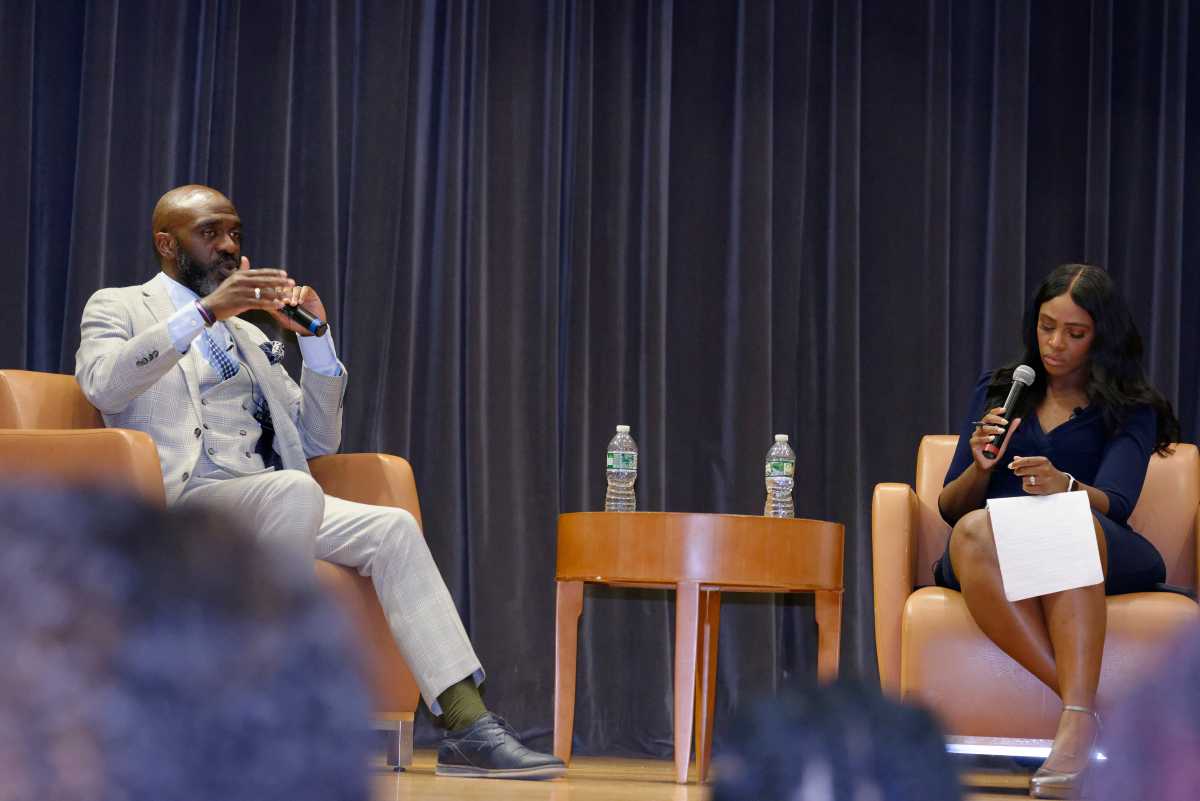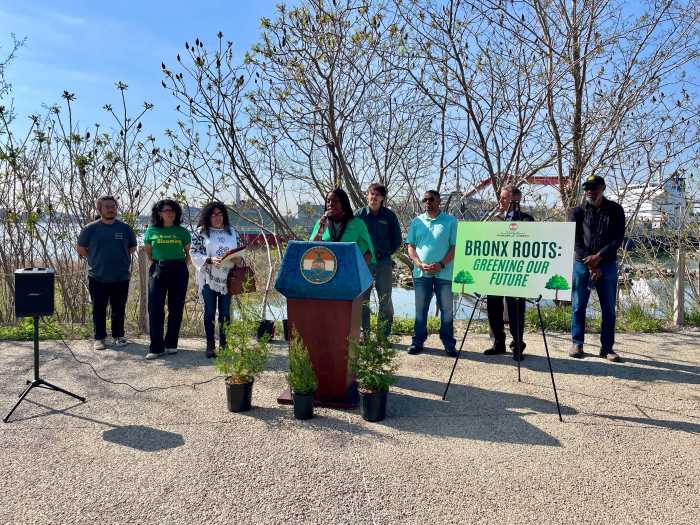
The commanding officer of the NYPD’s recruit training section said he believes Officer Daniel Pantaleo’s actions met "the definition of a chokehold,” on the second day of the departmental trial against the officer accused of placing Eric Garner in an apparent chokehold, which is banned under NYPD policy.
Insp. Richard Dee, who has been with the department for 29 years and said he had already viewed the video of Garner’s 2014 death, testified that Garner coughed as he was taken down to the ground, adding: “I believe what we see meets the definition of a chokehold.”
Dee said that while the officers on the scene did make several attempts to talk to Garner, and conceded these situations tend to be “rapidly unfolding,” he added that if he was there, “I would have waited a little bit longer. There was back up pulling up. I would have made one more appeal.”
Dee also said Pantaleo was never trained in the seat belt maneuver — the tactic the officer’s defense attorney has argued he was performing at the time — as it wasn’t introduced in training materials until 2011, several years after Pantaleo completed his training. Dee also detailed several mentions of chokeholds being prohibited in the NYPD’s patrol and training guides.
“I can’t find any record about him being trained in that move,” Dee said.
Dee said it appeared Pantaleo had lost control of the situation, and that one option would have been to disengage.
On cross examination, Pantaleo’s attorney played the cellphone video in court, noting that the officer waited several minutes before touching Garner.
“I don’t have problems with their tactics, their attempts to de-escalate,” he said. “The amount of time they waited before they decided to go hands on, I like that.”
Garner, who was killed on July 17, 2014, as police in Staten Island arrested him for selling loose cigarettes, uttered the words, “I can’t breathe,” 11 times. Those dying words, captured on video, became a rallying cry for many.
Following the proceedings, Garner’s mother, Gwen Carr, said the only outcome she will accept is a “just decision:” Pantaleo being fired. She said she was “appalled” that Garner died after a prohibited tactic was apparently used.
“To watch these tapes over and over again and then to watch the defense with their manipulations… it’s so unfair,” she said. “It’s been five years, five years they should have been gone.
“But they’re still collecting six figures, insult to injury,” she added. ”They must be fired.”
His death, as well as the deaths of other high-profile police-involved deaths, became the catalyst for Gov. Andrew Cuomo signing an executive order in July 2015 that gave the attorney general the ability to take over cases in which an unarmed civilian is killed by a law enforcement officer.
The NYPD had previously deferred taking any disciplinary action in the case until federal prosecutors in both Brooklyn and Washington, D.C., decided whether they would bring a criminal case over his death. In December 2014, a Staten Island grand jury declined to indict any officers involved in Garner’s death.
Ultimately, any disciplinary decision is up to Police Commissioner James O’Neill. Deputy Commissioner of Trials Rosemarie Maldonado will make a disciplinary recommendation following the departmental proceedings.
An attorney for the CCRB said the medical examiner is expected to testify on Wednesday.


































